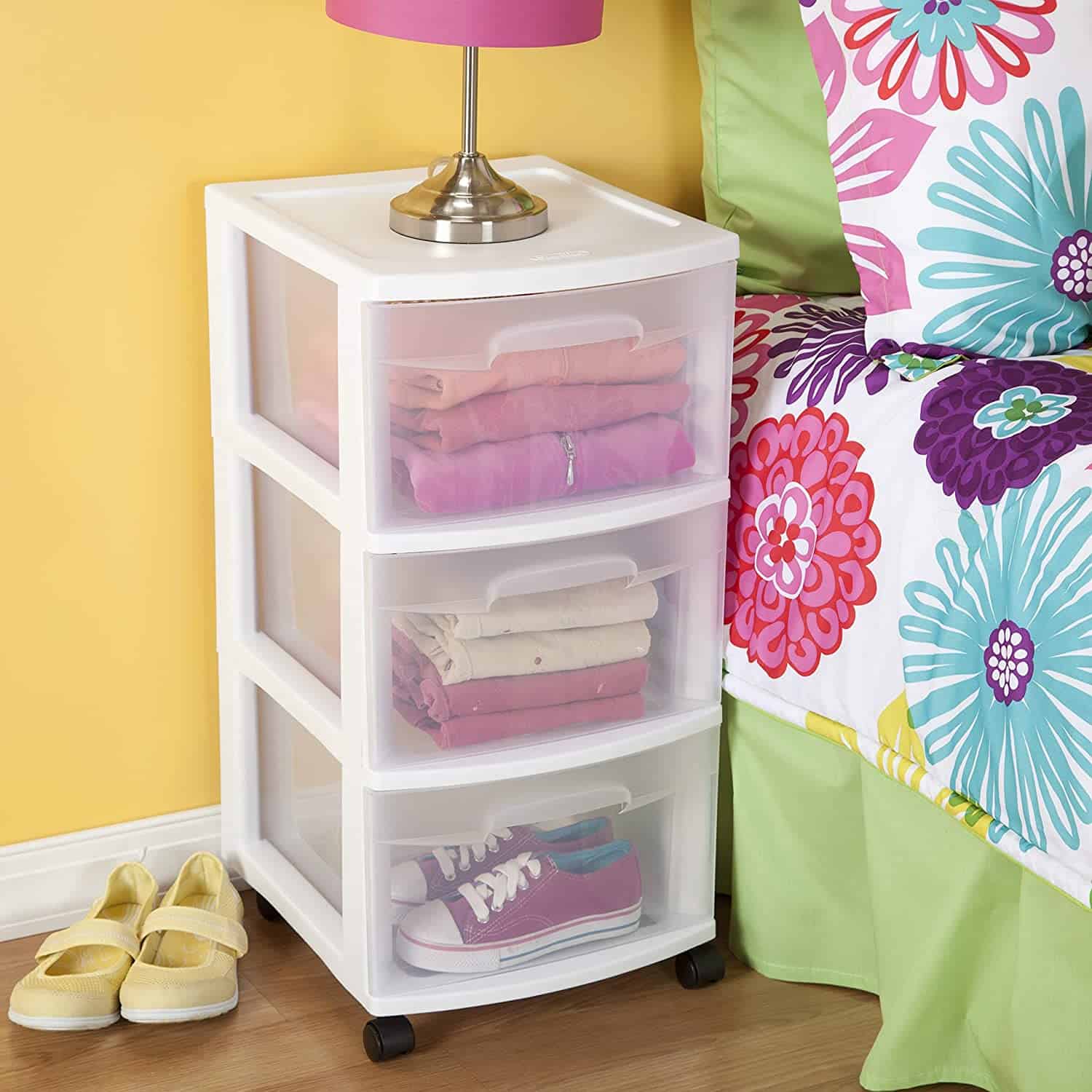

Articles
How To Store Clothes From Bed Bugs
Modified: May 6, 2024
Learn how to store clothes from bed bugs and prevent infestations with our informative articles on effective clothing storage methods. Protect your wardrobe and keep your home bug-free!
(Many of the links in this article redirect to a specific reviewed product. Your purchase of these products through affiliate links helps to generate commission for Storables.com, at no extra cost. Learn more)
Introduction
Bed bugs are unwelcome guests that can infest our homes and cause a variety of problems. One area that they can particularly target is our clothing. These tiny insects, known for their ability to hide and reproduce quickly, can easily find their way into closets, wardrobes, and drawers where clothes are stored.
Understanding the behavior of bed bugs is crucial in addressing the issue of clothing infestations. These nocturnal pests are attracted to warmth and carbon dioxide, which is emitted by humans. They can hitch a ride on our clothes or luggage when we visit infested areas, such as hotels or public transportation.
Recognizing the signs of a bed bug infestation is essential to preventing further spread and damage. Adult bed bugs are small, reddish-brown insects that feed on the blood of humans or other animals. Their bites often leave itchy, red welts on the skin.
Proper clothing storage is crucial in preventing an infestation or containing an existing one. By taking the necessary precautions, we can safeguard our clothes and minimize the chances of bed bugs spreading throughout our homes.
In this article, we will discuss effective strategies for storing clothes and preventing bed bug infestations. We will also explore methods for cleaning and treating infested clothing and offer tips for long-term prevention.
It is important to note that while the information provided here is useful in addressing the issue of clothing infestations, severe bed bug infestations may require professional intervention. In such cases, it is best to consult with a licensed pest control expert.
Key Takeaways:
- Proper clothing storage, regular cleaning, and thorough inspections are crucial in preventing and addressing bed bug infestations, safeguarding our clothes and maintaining peace of mind.
- Utilizing airtight storage solutions, choosing the right storage options, and promptly treating infested clothes are essential steps in protecting our garments from persistent bed bug pests.
Read more: How To Remove Bed Bugs From A Bed Frame
Understanding Bed Bugs and Their Behavior
Bed bugs, scientifically known as Cimex lectularius, are small, wingless insects that belong to the family Cimicidae. They have been a nuisance to humans for thousands of years, with documented cases dating back to ancient Greece and Rome.
One of the key reasons bed bugs are difficult to eliminate is their unique behavior. These resilient pests are adept at hiding in cracks and crevices during the day, emerging at night to feed on the blood of sleeping humans or animals. While they prefer human blood, bed bugs can also feed on other mammals if necessary.
Bed bugs are attracted to warmth and carbon dioxide, which is why they often congregate in areas where people sleep, such as beds, mattresses, and upholstered furniture. They can also be found in other places where humans spend a significant amount of time, such as offices or movie theaters.
Contrary to popular belief, bed bugs are not a sign of poor hygiene or a dirty living environment. They can infest even the cleanest of homes and hotels. It is crucial to be aware of bed bug behavior and take necessary precautions to prevent infestations.
Bed bugs reproduce rapidly, with females laying hundreds of eggs in their lifetime. The eggs are tiny, about the size of a pinhead, and often hidden in cracks and crevices close to their hosts. The eggs hatch into nymphs, which resemble smaller versions of adult bed bugs. Nymphs go through several molting stages before reaching adulthood.
Because bed bugs are adept at hiding and excellent hitchhikers, they can quickly spread from one location to another. They can be transported through luggage, clothing, or furniture, making it easy for them to infest new spaces and cause significant problems.
Understanding the behavior of bed bugs is vital for effective treatment and prevention. By knowing their preferred habitats, feeding patterns, and reproductive capabilities, we can take proactive measures to keep our homes and belongings safe from these persistent pests.
In the next section, we will discuss the signs of a bed bug infestation, allowing us to detect the problem early and take appropriate action.
Signs of a Bed Bug Infestation
Identifying the signs of a bed bug infestation is crucial for taking prompt action and preventing further spread. While these tiny insects are experts at hiding, there are several red flags that can indicate their presence in your home.
1. Bites on the Skin: One of the most common signs of a bed bug infestation is waking up with itchy, red welts on your skin. Bed bug bites are often grouped together in a line or cluster and can be found on exposed areas such as the face, neck, arms, and legs.
2. Blood Stains on Sheets: After feeding, bed bugs may leave behind small blood stains on your sheets or pillowcases. These stains result from accidentally squashing the engorged bugs as they move around during the night.
3. Dark Fecal Stains: Another telltale sign of a bed bug infestation is the presence of dark fecal stains on your mattress, sheets, or furniture. These stains resemble small black dots and are often found in clusters or trails.
4. Musty Odor: Some people may notice a musty, sweet odor in areas infested with bed bugs. This odor is caused by the bugs’ scent glands and can be a strong indication of a significant infestation.
5. Shed Skins: As bed bugs grow and molt, they shed their exoskeletons, leaving behind empty casings. These shed skins are translucent and can often be found in the vicinity of their hiding spots, such as mattress seams, crevices, or furniture joints.
6. Live Bugs: Finally, if you spot live bed bugs crawling on your mattress, furniture, or walls, it is a clear indication of an infestation. Adult bed bugs are flat and oval-shaped, with a reddish-brown color.
If you notice any of these signs, it is crucial to take immediate action to prevent the infestation from spreading. Thoroughly inspect your bedding, furniture, and other areas where bed bugs are likely to hide.
It is important to note that while bed bug bites can be uncomfortable and itchy, they are not known to transmit diseases. However, the psychological distress and discomfort caused by a bed bug infestation can greatly affect one’s quality of life.
Now that we understand the signs of a bed bug infestation, let us delve into the importance of proper clothing storage to prevent infestations and protect our clothes.
Importance of Proper Clothing Storage
Proper clothing storage is essential not only for keeping our clothes organized, but also for preventing bed bug infestations. By taking the necessary precautions, we can safeguard our clothing from these pests and minimize the risk of bringing them into our homes.
1. Prevention of Infestations: Bed bugs are notorious for their ability to hide in clothing folds, seams, and pockets. By implementing proper storage practices, we can create barriers that make it difficult for bed bugs to infest our clothes. This includes minimizing the chances of picking up bed bugs when staying in infested areas like hotels or using public transportation.
2. Protection of Valuable Clothing: Many of us own clothing items that hold sentimental value or are expensive investments. Proper storage techniques can help preserve these valuable pieces, preventing them from becoming infested, damaged, or stained by bed bugs.
3. Avoiding Cross-Contamination: In the unfortunate event of a bed bug infestation, proper clothing storage can play a crucial role in containing the problem. By isolating infested items and preventing cross-contamination with unaffected clothing, we can minimize the spread of bed bugs in our homes.
4. Peace of Mind: Knowing that our clothes are stored in a safe and secure manner can provide us with peace of mind. It eliminates the worry of unknowingly introducing bed bugs into our living spaces, allowing us to enjoy our daily lives without the constant fear of infestation.
Now that we understand the importance of proper clothing storage, let’s explore the steps to prepare our clothes for storage and the options available to us for effective storage solutions.
Preparing Clothes for Storage
Before storing your clothes, it is essential to take a few steps to ensure they are clean and free from any potential bed bugs or their eggs. By following these preparation guidelines, you can minimize the risk of infestation and preserve the quality of your clothing.
1. Sort and Declutter: Begin by sorting through your clothes and removing any items that you no longer wear or need. This not only helps declutter your wardrobe but also reduces the space available for bed bugs to hide. Donate or discard any unwanted items to minimize the risk of infestation.
2. Launder or Dry Clean: Wash or dry clean your clothes before storing them. Use hot water and a high-temperature dryer setting whenever possible, as the heat helps kill bed bugs and their eggs. Make sure to follow the care instructions on the garment labels to prevent any damage or shrinkage.
3. Thoroughly Inspect: After laundering or dry cleaning, inspect each item closely for any signs of bed bugs, such as live bugs, bloodstains, fecal spots, or shed skins. If you find any evidence of infestation, consider treating the items or disposing of them to prevent the spread of bed bugs.
4. Seal in Plastic Bags or Containers: Place each cleaned and inspected clothing item in a plastic bag or sealable container. This creates a barrier that prevents bed bugs from getting inside. Make sure to remove as much air as possible before sealing the bag or container tightly.
5. Use Airtight Storage Solutions: Opt for airtight storage solutions, such as plastic bins or vacuum-sealed bags, to further protect your clothes. These containers help prevent bed bugs from entering and keep your clothes isolated from any potential infestations in your home.
6. Store in a Clean, Dry Area: Choose a clean and dry area for storing your clothes. Avoid storing them in basements, attics, or areas prone to moisture, as dampness can promote the growth of mold and mildew. Ideally, store your clothes in a cool, well-ventilated closet or a dedicated storage space.
By following these preparation steps, you can ensure that your clothes are clean, free from bed bugs, and properly protected while in storage. In the next section, we will explore various storage options to help you choose the best solution for your needs.
When storing clothes, use sealed plastic bags or containers to prevent bed bugs from infesting your clothing. Vacuum-sealed bags can also be effective in keeping bed bugs out.
Read more: How To Keep Bed Bugs From Biting You
Choosing the Right Storage Options
When it comes to storing your clothes, selecting the right storage options can make a significant difference in protecting them from bed bugs and preserving their quality. Here are some storage options to consider:
1. Garment Bags: Garment bags are a popular choice for storing clothing items such as dresses, suits, and coats. Look for garment bags made of durable, tear-resistant material with a secure closure to keep out bed bugs. Opt for bags with a clear window, so you can easily see what’s inside without having to open them.
2. Plastic Bins: Plastic bins with tight-fitting lids are excellent for storing folded clothes, such as t-shirts, jeans, and sweaters. Choose bins that are sturdy and stackable to maximize space utilization. Ensure the lids have a secure seal to prevent any potential entry of bed bugs.
3. Vacuum-Sealed Bags: Vacuum-sealed bags are another effective option for clothing storage. These bags allow you to remove the air, shrinking the size of the clothing bundle and creating a tight seal. This method is particularly useful when storing bulky items like winter coats or comforters.
4. Hanging Storage Solutions: Hanging storage solutions, such as hanging garment bags or canvas organizers with compartments, are ideal for storing items like dresses, suits, blouses, and pants. These solutions keep your clothes organized and easily accessible while protecting them from dust and potential bed bug infestations.
5. Integrated Pest Management (IPM) Products: Consider utilizing IPM products, such as bed bug-proof encasements and interceptors. Bed bug-proof encasements for mattresses, box springs, and pillows create a barrier that prevents bed bugs from infesting these items. Interceptors placed underneath furniture legs act as traps, catching any bed bugs attempting to climb onto your furniture.
6. Off-Site Storage: If you’re dealing with a severe bed bug infestation or if you need to temporarily store your clothes during a home renovation, you may consider off-site storage facilities. Look for facilities that have proper pest control measures in place to ensure that your belongings remain protected during storage.
It’s important to choose storage options that suit your specific needs and the type of clothing you wish to store. Remember to keep your storage area clean, dry, and well-ventilated to maintain the integrity of your clothes.
Next, we will explore cleaning and treating infested clothes to eliminate bed bugs and prevent further infestations.
Cleaning and Treating Infested Clothes
If you discover that your clothes are infested with bed bugs, it is crucial to take immediate action to eliminate them and prevent further infestations. Here are steps you can take to clean and treat infested clothes:
1. Remove Clothes from Infested Area: Start by removing the infested clothing items from the infested area to prevent the bed bugs from spreading to other garments or areas of your home. Handle the infested clothes carefully and avoid shaking them to prevent the bugs from dispersing.
2. Sort and Launder: Sort the infested clothes into manageable loads and wash them in hot water. The high temperature will kill the bed bugs and their eggs. Check the care labels on your clothes to ensure that they can withstand hot water washing. If hot water is not suitable for certain garments, opt for dry cleaning.
3. Dry on High Heat: After washing, dry the clothes on the highest heat setting for at least 30 minutes. The high temperature will further eliminate any remaining bed bugs or eggs. If certain garments cannot be dried at high heat, consider using a clothes dryer with a low-heat setting for a longer duration.
4. Iron or Steam: If you have sensitive garments that cannot be washed or dried at high heat, consider ironing them using a hot iron or steaming them. The heat from the iron or steam will help kill the bed bugs and their eggs. Make sure to iron or steam all sides of the garment thoroughly.
5. Bag and Isolate: Once the clothes are cleaned and treated, place them in new, sealable plastic bags or airtight containers to prevent re-infestation. Avoid using the same bags or containers that were previously used, as they may still harbor bed bugs. Keep the newly bagged or containerized clothes isolated from infested areas to ensure they remain bed bug-free.
6. Professional Treatment: In severe cases of bed bug infestations, it may be necessary to seek professional help. Professional exterminators have expertise in dealing with these pests and can provide specialized treatment methods to eliminate bed bugs from your clothes and your home.
Remember, it is essential to clean and treat all infested clothes to prevent re-infestation. Merely washing a few infested items while leaving others untreated can lead to the re-infestation of your entire wardrobe.
Now that we have discussed cleaning and treating infested clothes, let’s explore strategies for preventing bed bug infestations and protecting your clothes in the long term.
Strategies for Preventing Bed Bug Infestations
Preventing bed bug infestations requires a combination of proactive measures and awareness of potential risks. By implementing these strategies, you can significantly reduce the chances of bringing bed bugs into your home and protect your clothes from infestation.
1. Practice Regular Cleaning: Regularly clean your home, including vacuuming carpets, rugs, and upholstery. Pay extra attention to cracks, crevices, and seams where bed bugs could hide. This removes any potential hiding spots and reduces the likelihood of infestation.
2. Inspect Second-Hand Items: When bringing second-hand furniture, clothing, or other items into your home, thoroughly inspect them for signs of bed bugs. Look for live bugs, shed skins, dark stains, or any evidence of infestation. Consider treating or isolating these items before introducing them to your living space.
3. Be Cautious when Traveling: Before settling into a hotel or other accommodation during your travels, conduct a thorough inspection of the room. Check the mattress seams, headboard, and furniture for any signs of bed bugs. Use luggage racks or keep your suitcase elevated and away from the bed or furniture to minimize the risk of pick-up.
4. Use Bed Bug-Proof Encasements: Encase your mattresses, box springs, and pillows in bed bug-proof encasements. These protective covers create a barrier, preventing bed bugs from infesting these items and making it easier to detect and treat any potential infestations.
5. Be Mindful of Shared Spaces: If you live in a multi-unit building or frequently visit spaces like laundromats or dormitories, be aware of the risk of bed bug transfer. Avoid leaving your belongings in common areas and take precautions to prevent bringing bed bugs home with you.
6. Educate Yourself: Stay informed about bed bug prevention and detection. Familiarize yourself with the signs of an infestation and the proper steps to take in case of an outbreak. This knowledge will help you spot potential issues early and respond effectively.
7. Regularly Inspect and Clear Clutter: Clutter provides additional hiding spots for bed bugs, making it harder to locate and treat an infestation. Regularly inspect and clear cluttered areas such as closets, under the bed, and storage spaces to minimize potential hiding spots.
By following these preventive measures, you can reduce the risk of bed bug infestations and protect your clothes. Remember, early detection and prompt action are crucial in preventing the spread of bed bugs.
Now that we have explored strategies for prevention, let’s conclude by summarizing the key points and the importance of taking action to safeguard our homes and belongings.
Conclusion
Bed bugs can be a persistent and bothersome problem, especially when it comes to infiltrating our clothing and causing potential infestations. However, by understanding their behavior, recognizing the signs of infestation, and implementing proper clothing storage techniques, we can minimize the risk of bed bugs affecting our homes and protect our cherished garments.
Proper clothing storage is vital in preventing bed bug infestations. By practicing regular cleaning, sorting and decluttering our wardrobes, and laundering or dry cleaning our clothes before storage, we can eliminate any potential bed bugs or eggs that may be present.
Choosing the right storage options, such as garment bags, plastic bins, or vacuum-sealed bags, provides an additional layer of protection against bed bugs. Utilizing airtight containers, along with integrated pest management (IPM) products like bed bug-proof encasements and interceptors, ensures that our clothes remain safe from these persistent pests.
In the event of an infestation, it is crucial to take immediate action to clean and treat infested clothes. Removing the clothes from infested areas, laundering or dry cleaning them with high heat, and sealing them in new plastic bags or airtight containers can help eliminate bed bugs and prevent further infestations.
Preventing bed bug infestations requires a proactive approach. Regular cleaning, thorough inspections of second-hand items, cautiousness while traveling, and using bed bug-proof encasements all contribute to minimizing the risk of these pests invading our homes and clothing.
By staying educated about bed bugs, monitoring for signs of infestation, and promptly addressing any issues, we can protect our clothes and maintain peace of mind. Remember, prevention is key, and early detection is essential to effectively address any bed bug problems that may arise.
In conclusion, through proper storage, regular cleaning, and proactive prevention strategies, we can successfully protect our clothes from bed bugs and ensure that our wardrobes remain a safe and pest-free haven for our garments.
Ready to keep your home pest-free and your wardrobe in tip-top shape? Dive deeper with our guide on bed bugs prevention, packed with actionable tips to shield your space from these pesky intruders. For those looking to update their clothing storage solutions, don't miss our roundup of the clothing storage options for the upcoming year, ideal for optimizing space and maintaining garment freshness. Lastly, tackle another common household nuisance with expert advice on pest control to effectively banish pantry moths from your kitchen.
Frequently Asked Questions about How To Store Clothes From Bed Bugs
Was this page helpful?
At Storables.com, we guarantee accurate and reliable information. Our content, validated by Expert Board Contributors, is crafted following stringent Editorial Policies. We're committed to providing you with well-researched, expert-backed insights for all your informational needs.
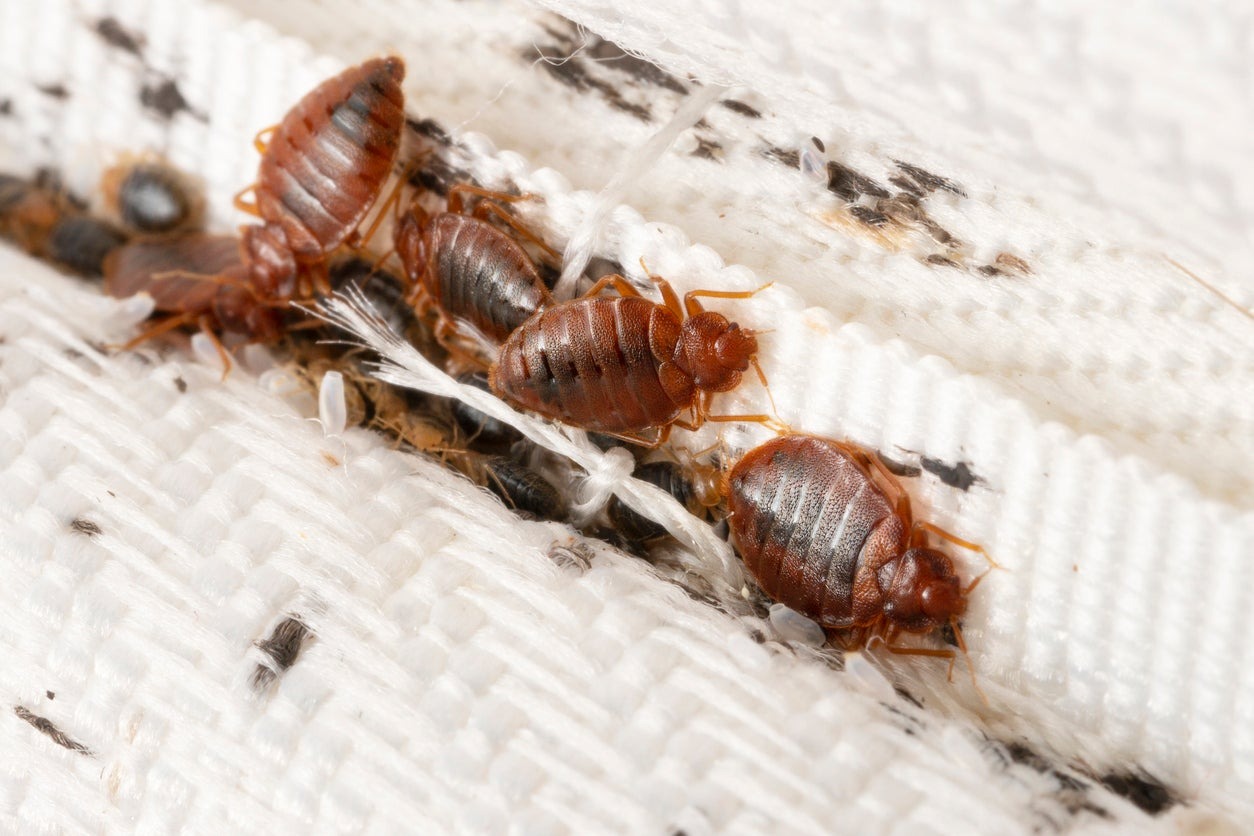
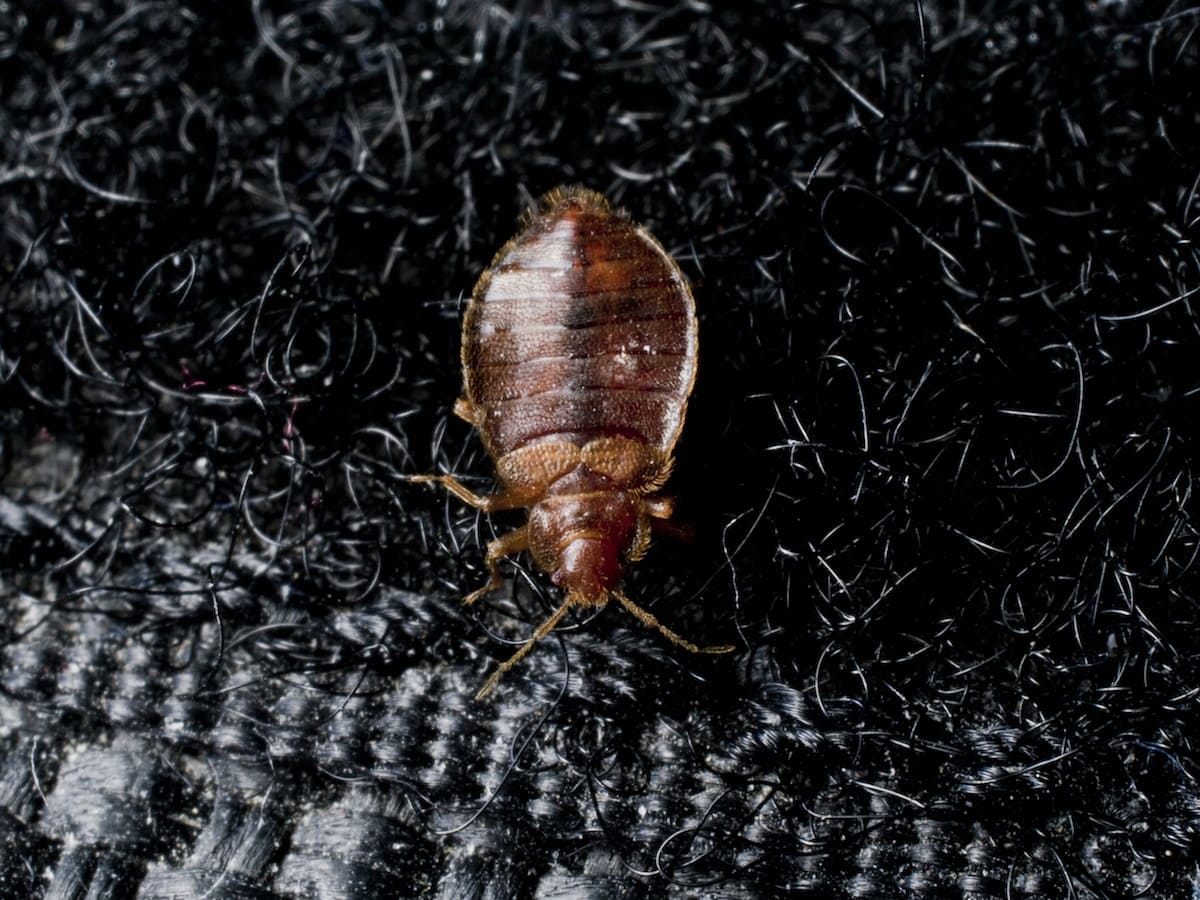
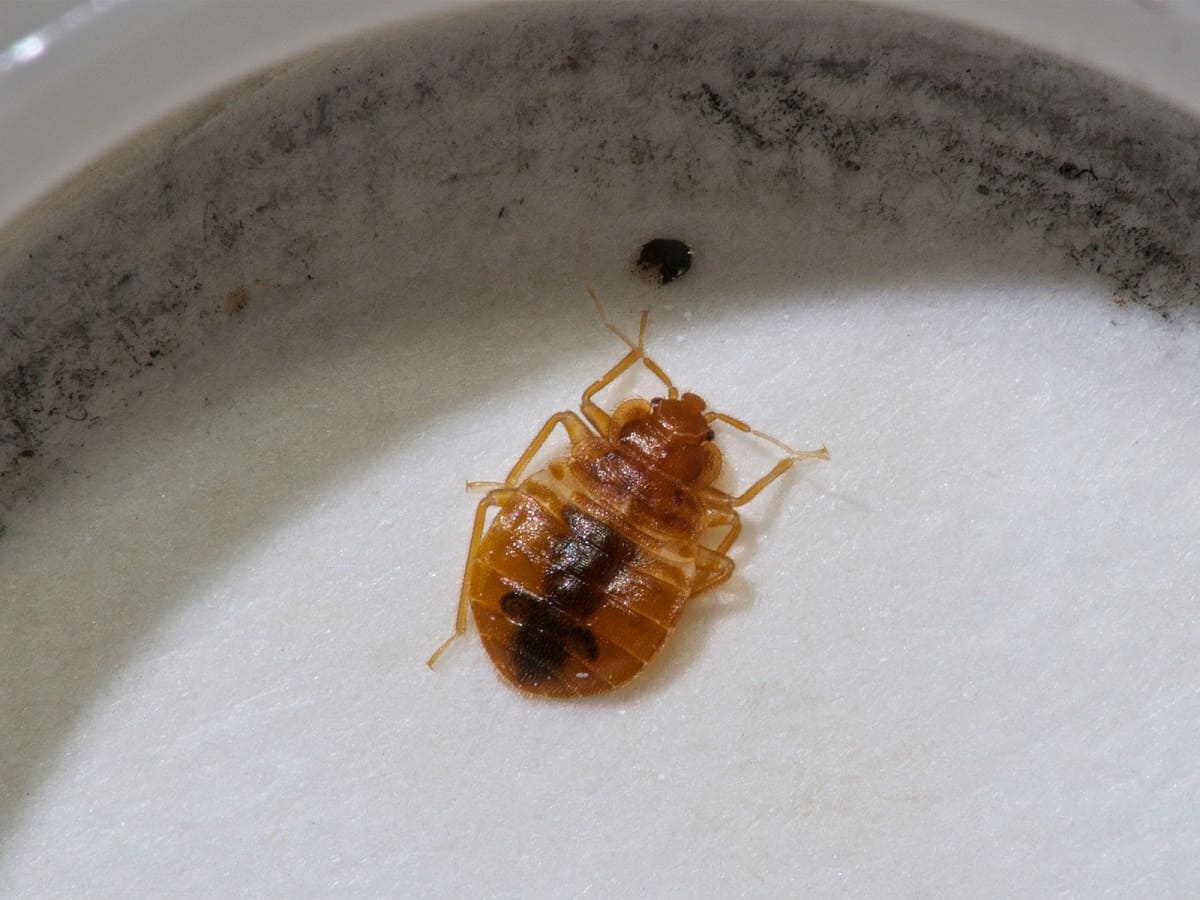
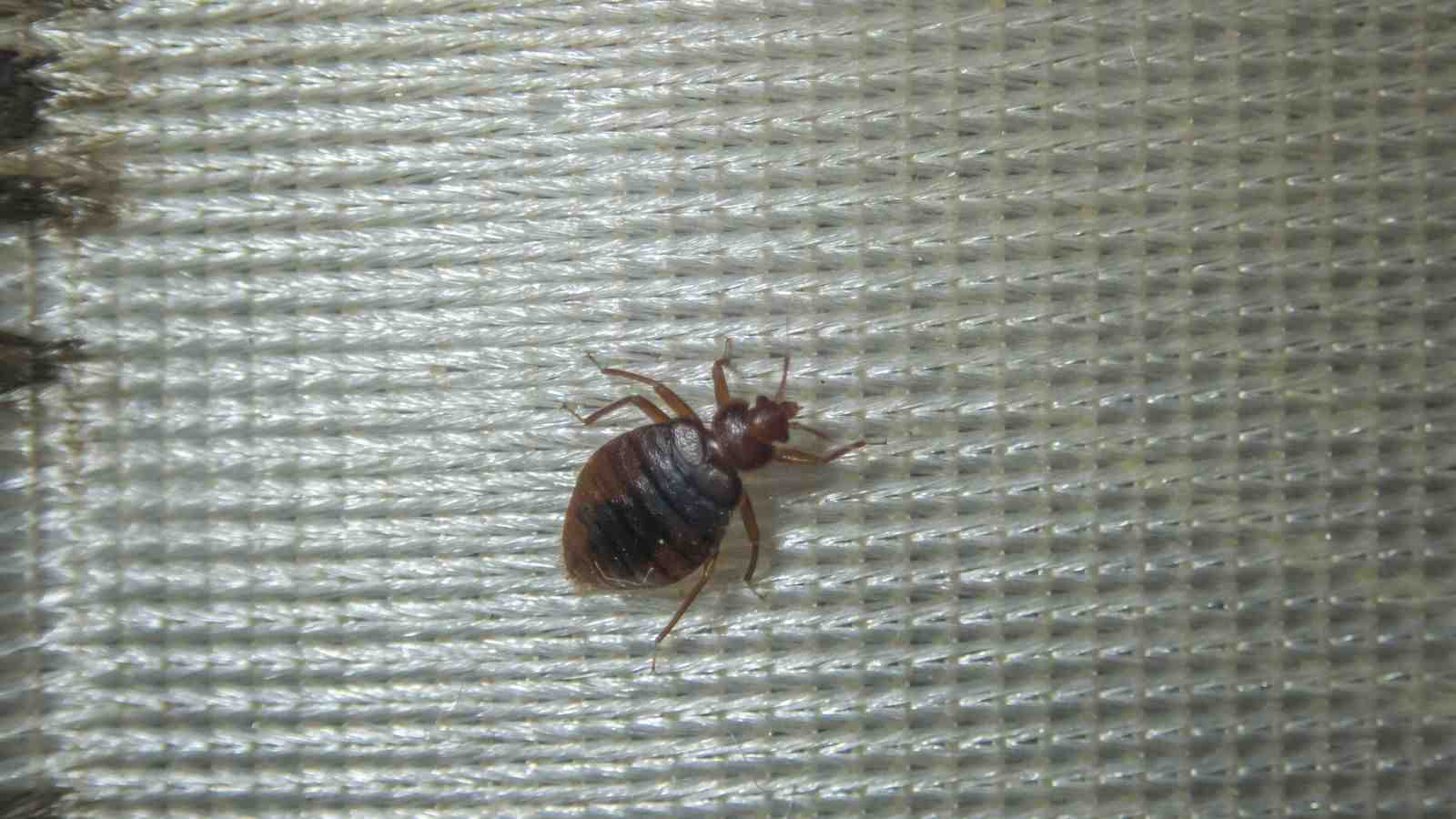
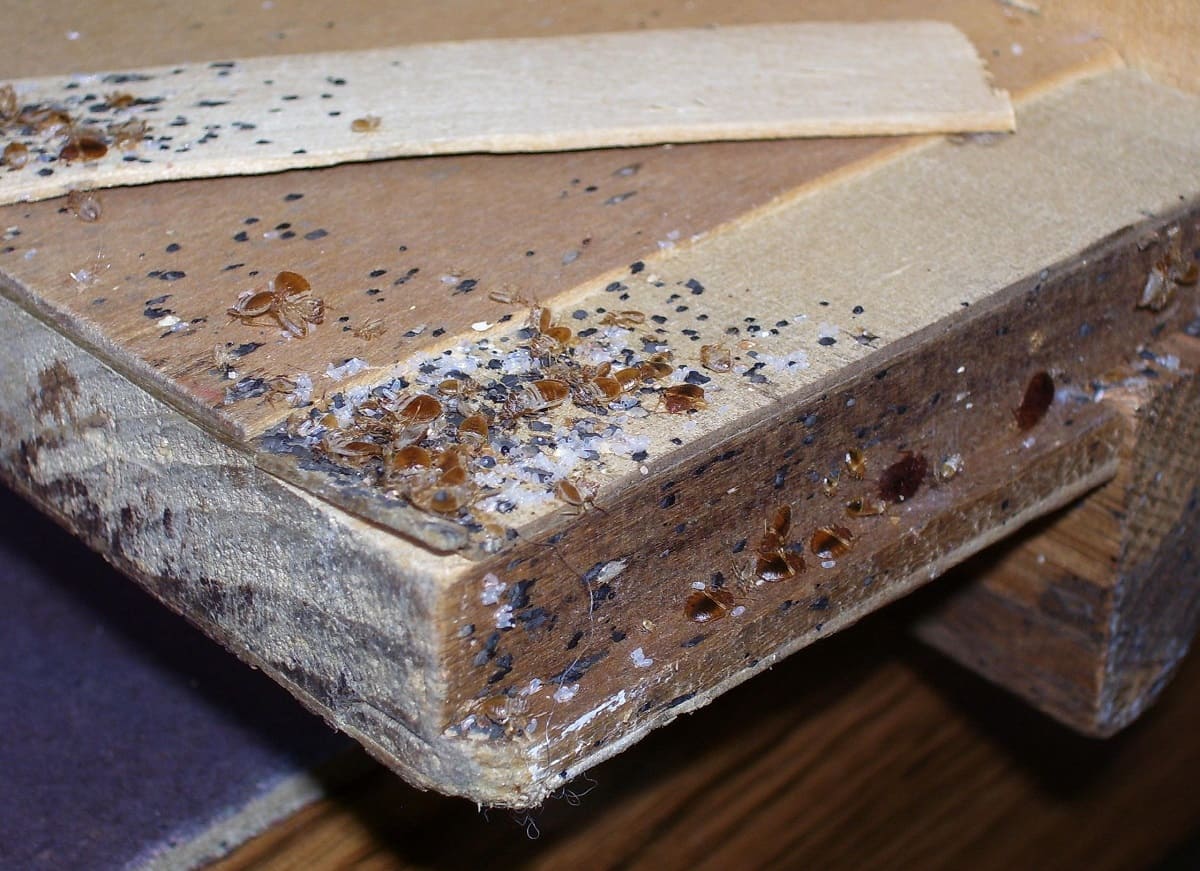
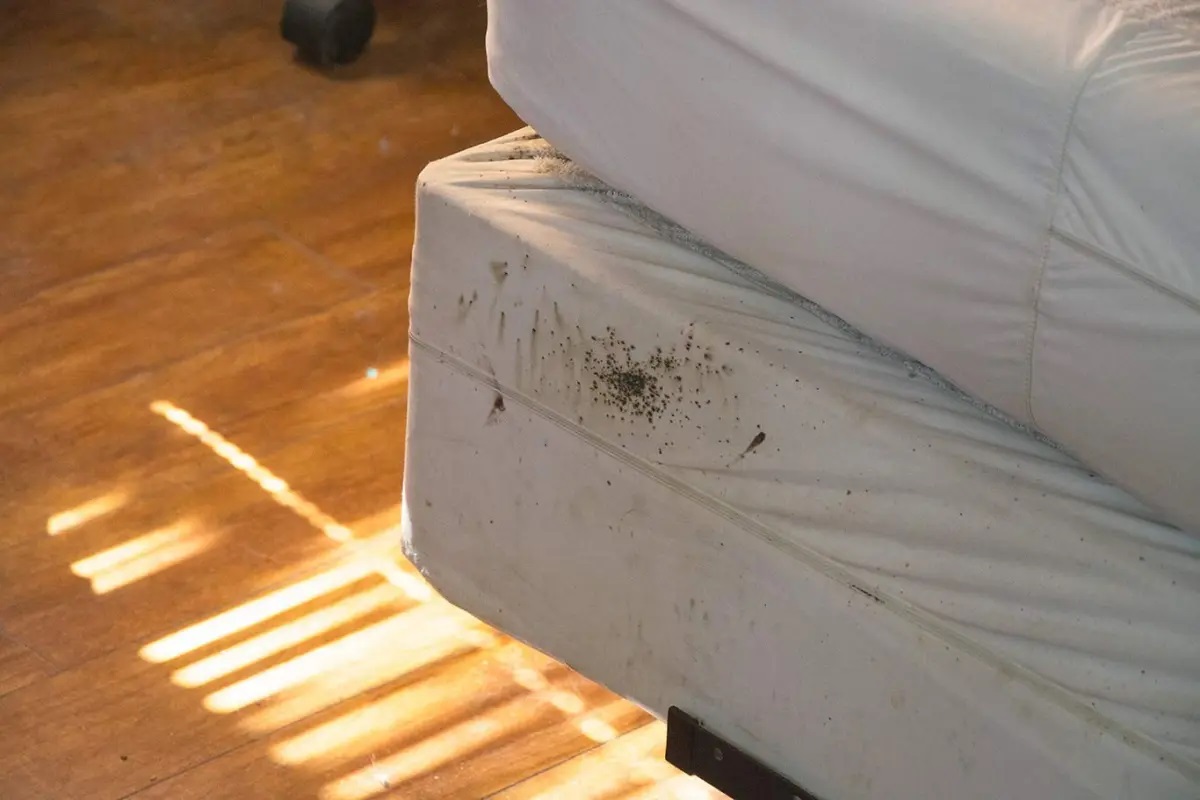
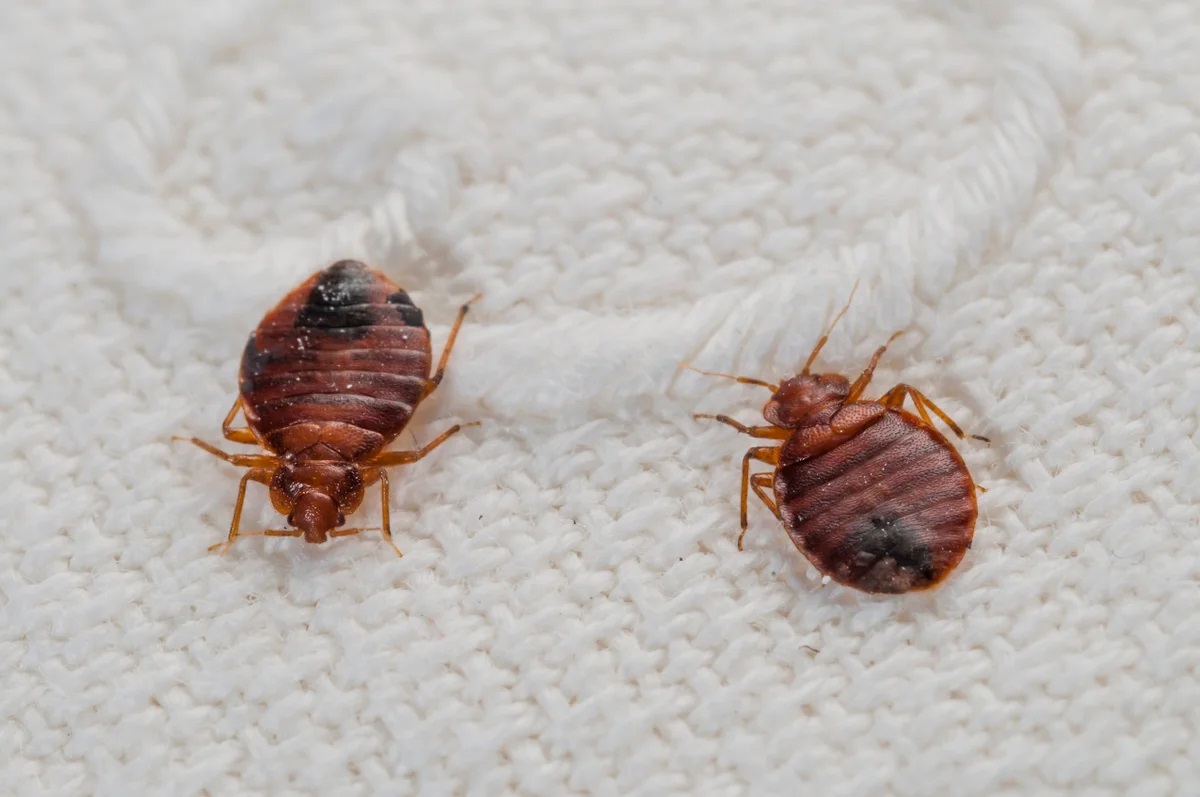
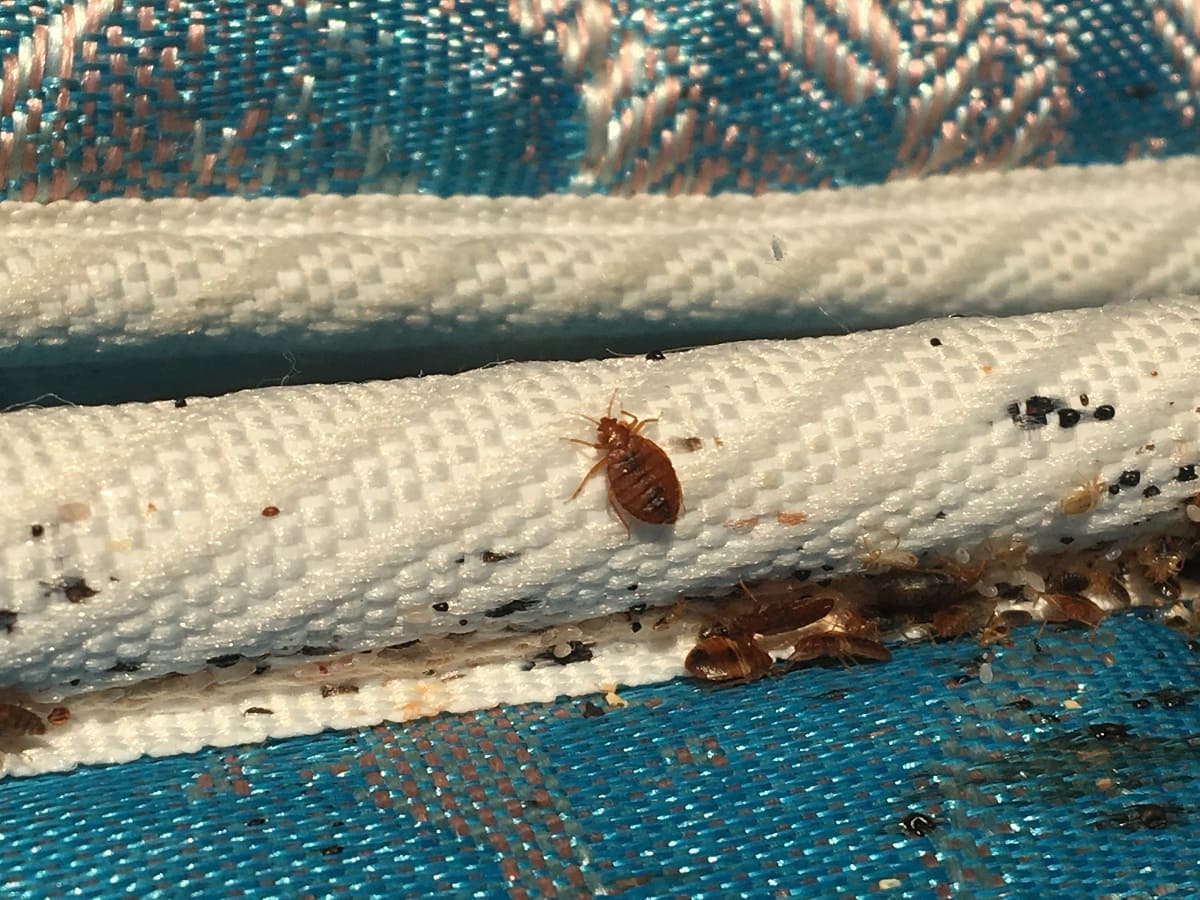
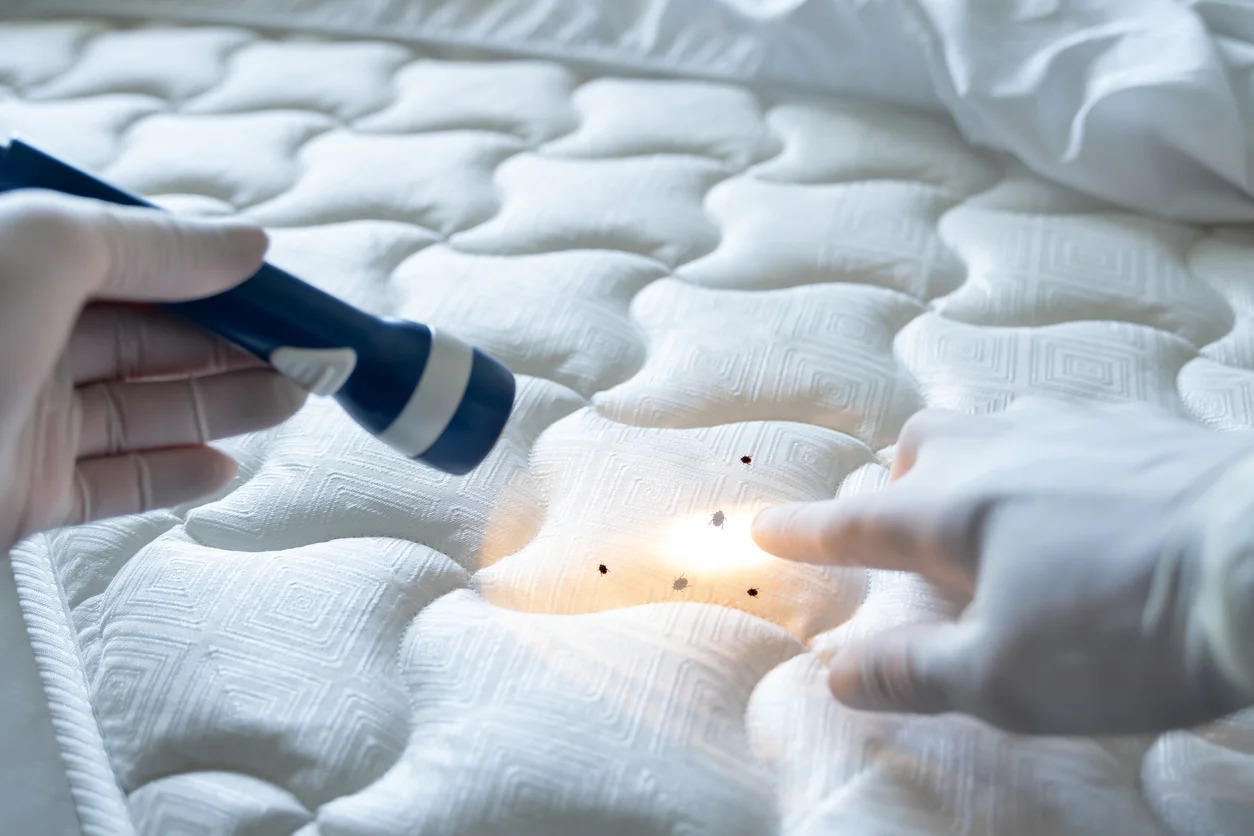
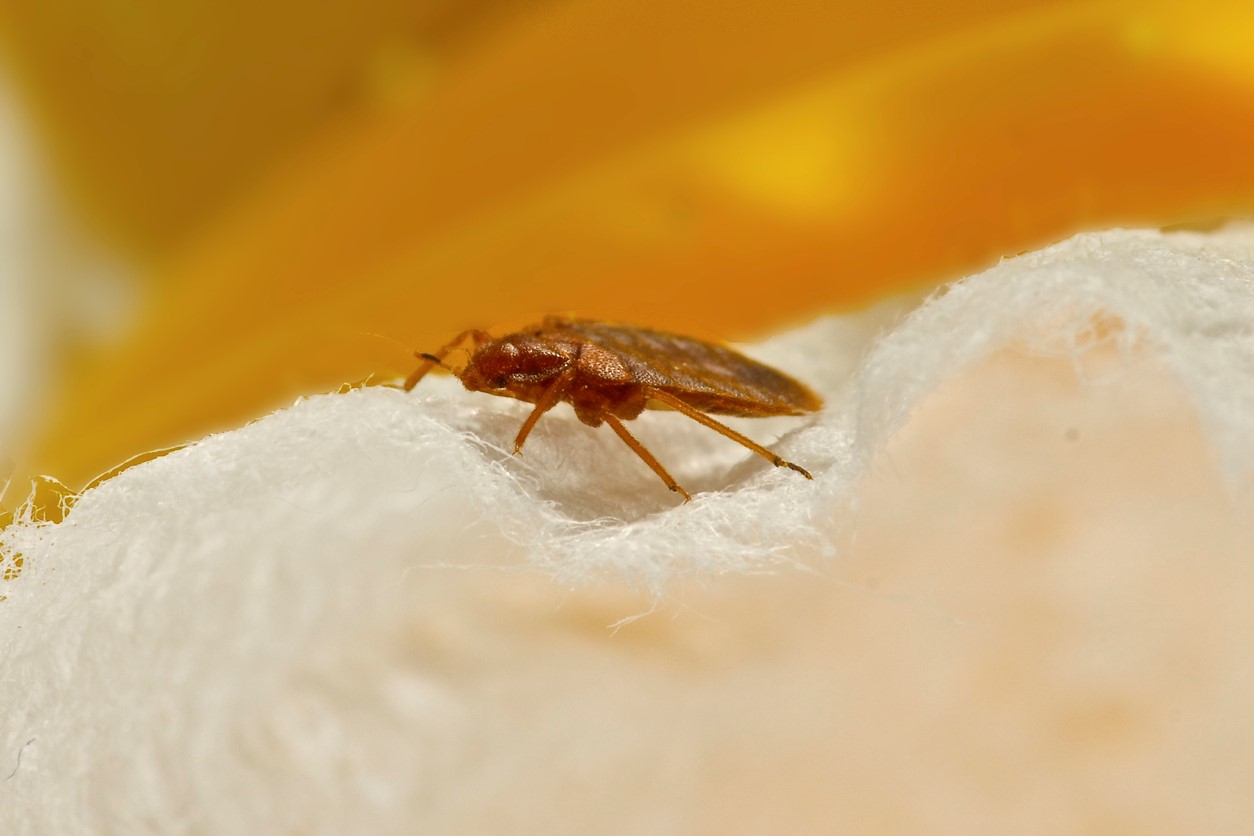
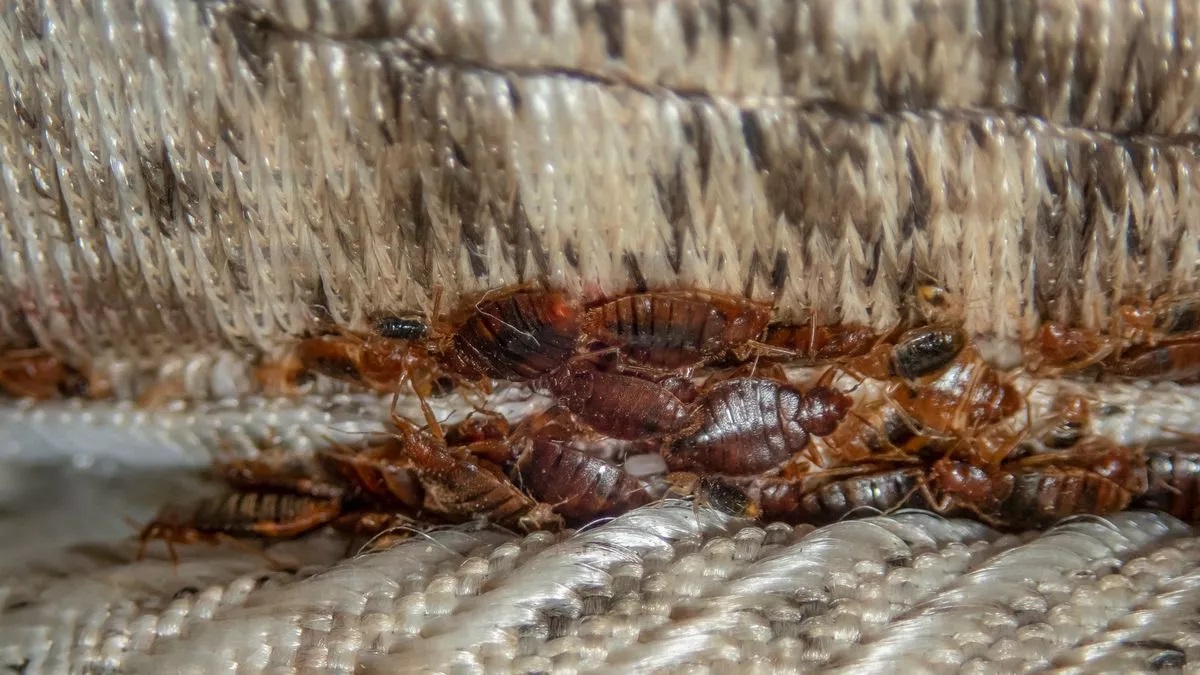
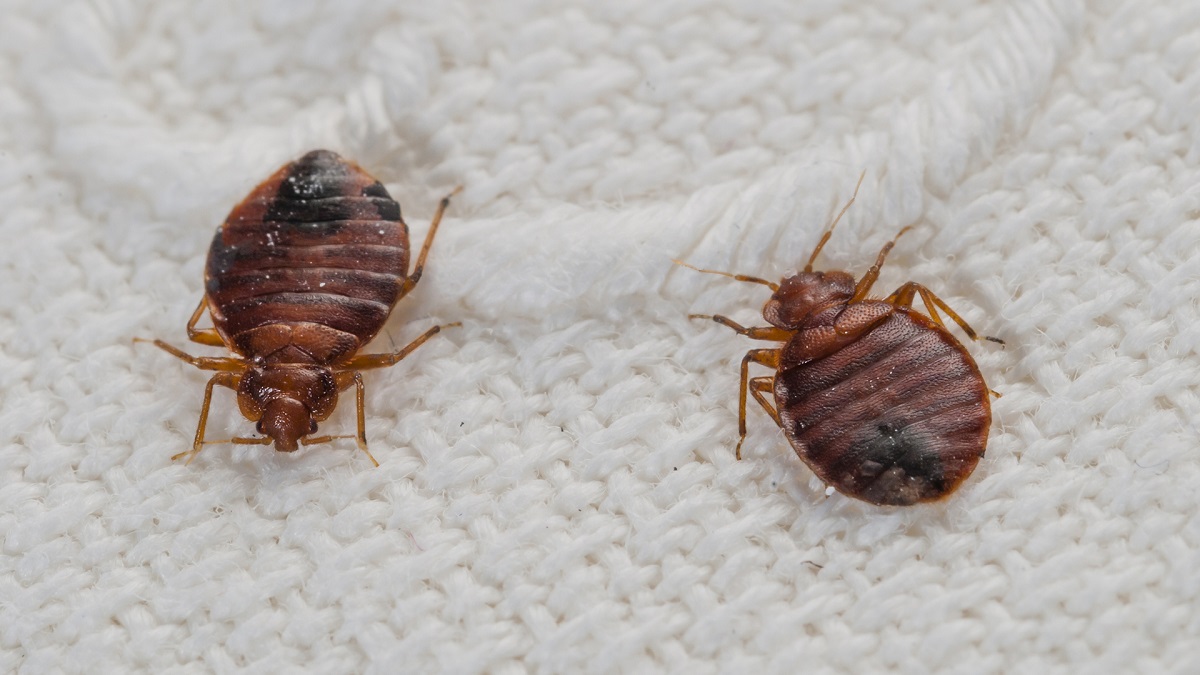
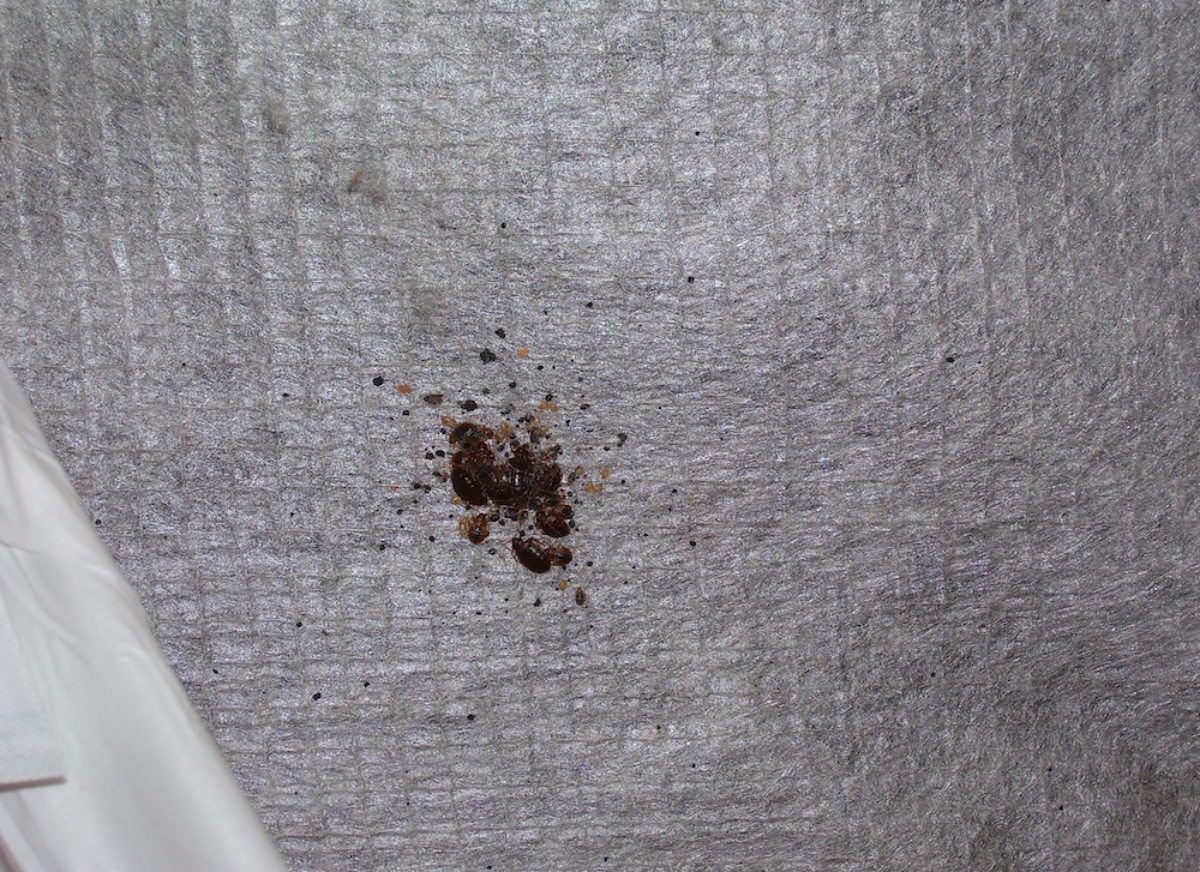
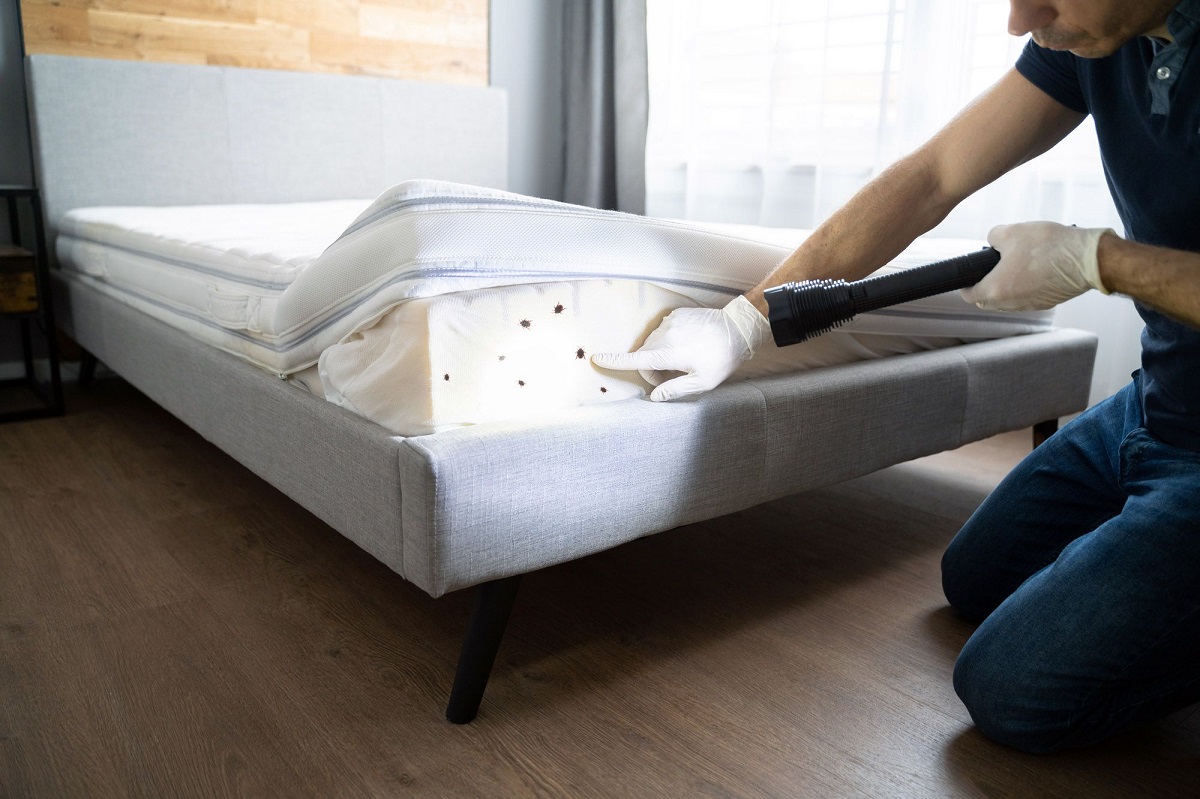

0 thoughts on “How To Store Clothes From Bed Bugs”